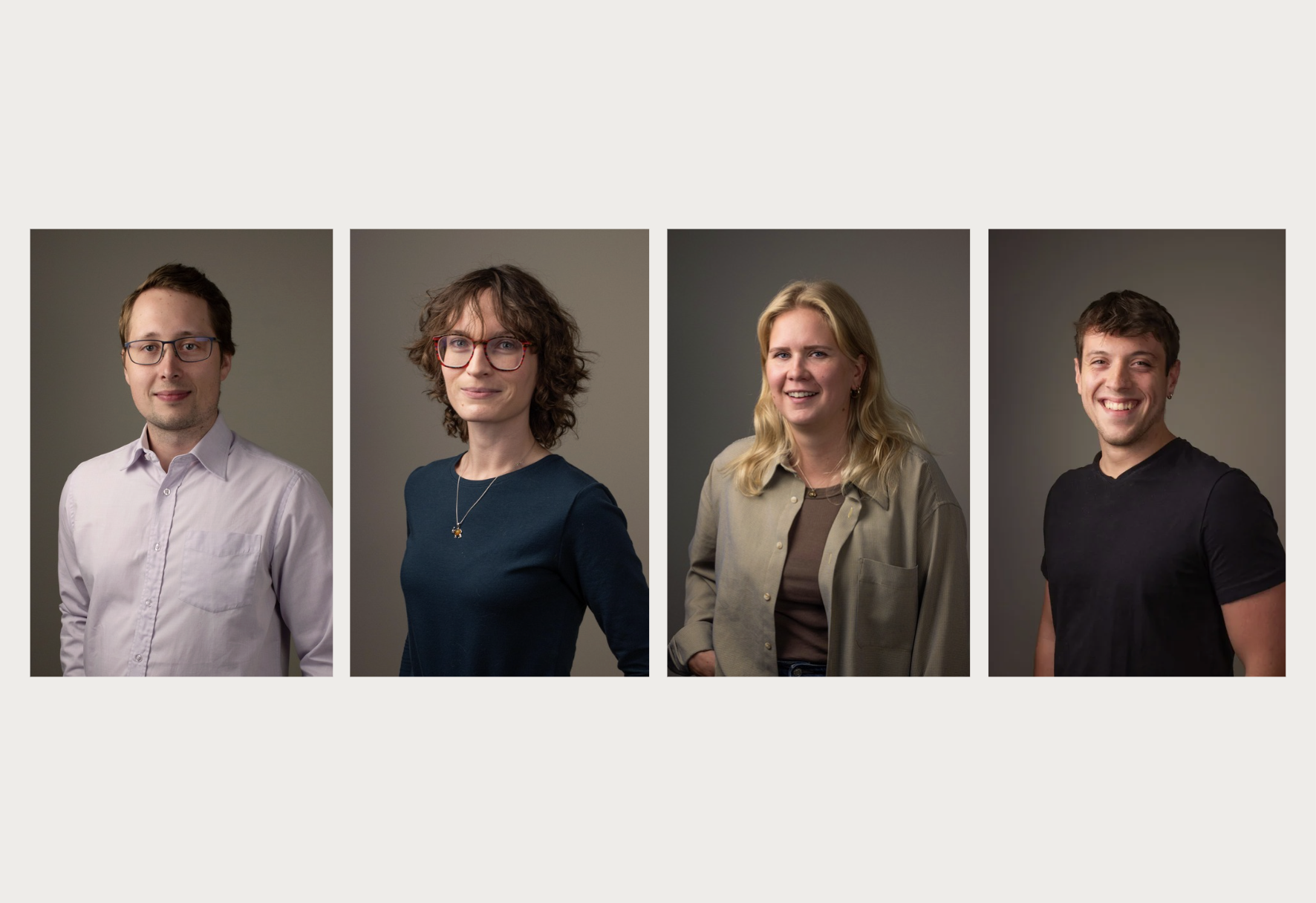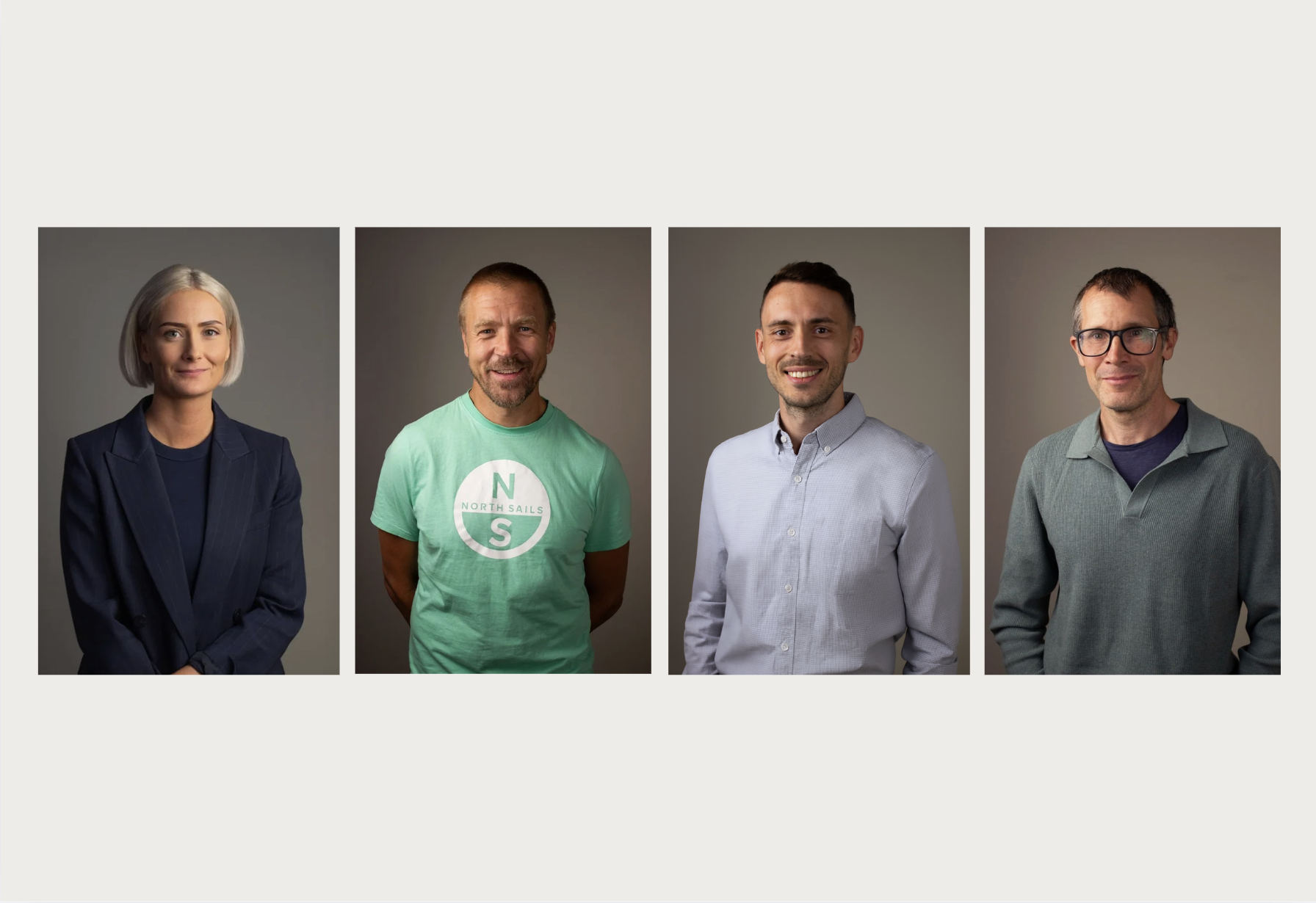Europe stands at a strategic crossroads in the development of next generation nuclear technologies. Decisive action today is essential to secure EU energy independence and industrial leadership.
Europe has a real opportunity to take a leading role in advanced nuclear power. Across the continent, several companies — including ours — are developing Advanced Modular Reactors based on Generation IV technologies. These designs offer higher safety margins, lower system costs, operational flexibility and, in some cases, the ability to recycle existing nuclear waste. They align closely with Europe’s long-term objectives for energy security, climate neutrality and industrial competitiveness.
Together with other European AMR developers, we have shared our perspective with the European Commission on what would help Europe accelerate progress in this field. The global landscape is moving quickly. In the United States, federal programmes combine cost-sharing support, long-term financing tools and streamlined licensing processes. China advances through integrated industrial planning, supply chain development and repeated demonstration projects. Europe has strong technologies and skilled developers, but deployment requires a more cohesive framework if the region is to shape its own direction.
From an industry standpoint, three areas stand out.
- The first is capital. Early-stage public co-investment is a proven way to unlock substantial private funding for first-of-a-kind projects, and ensuring that nuclear technologies can be included in EU financial instruments would help create the conditions for this.
- The second is fuel. A secure European supply of advanced nuclear fuels would support long-term autonomy and give developers predictable access to what their technologies require.
- The third is regulation. Efficient licensing pathways, regulatory sandboxes and greater alignment between national frameworks would reduce uncertainty while preserving high safety standards.
Advanced reactors also rely on research infrastructure that no single country can easily develop alone. Facilities for materials testing and component qualification are essential for bringing these technologies to market, and a pan-European approach would benefit the entire sector.
Europe already holds many of the ingredients needed for success: technology, talent and an industrial base capable of supporting deployment. The question is how Europe chooses to build on this foundation at a time when other regions are moving decisively. With the right framework, Europe can reinforce its energy resilience, strengthen its industrial competitiveness and advance its long-term climate goals.
As part of the European AMR community, we look forward to contributing knowledge and working with institutions and member states to support a credible and ambitious pathway for European deployment. The potential is significant, and Europe is well placed to realise it.
Jacob Stedman
CEO of Blykalla





